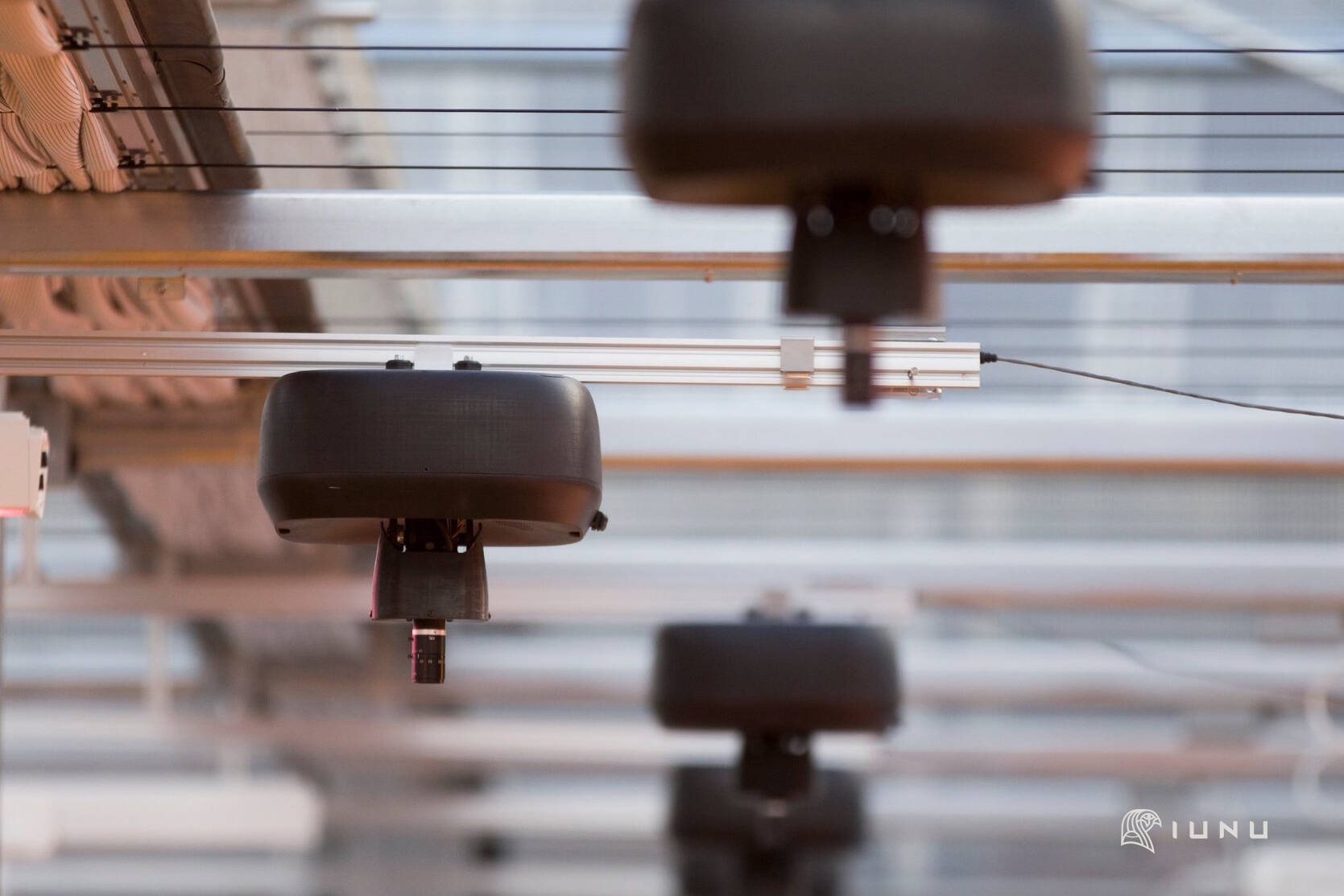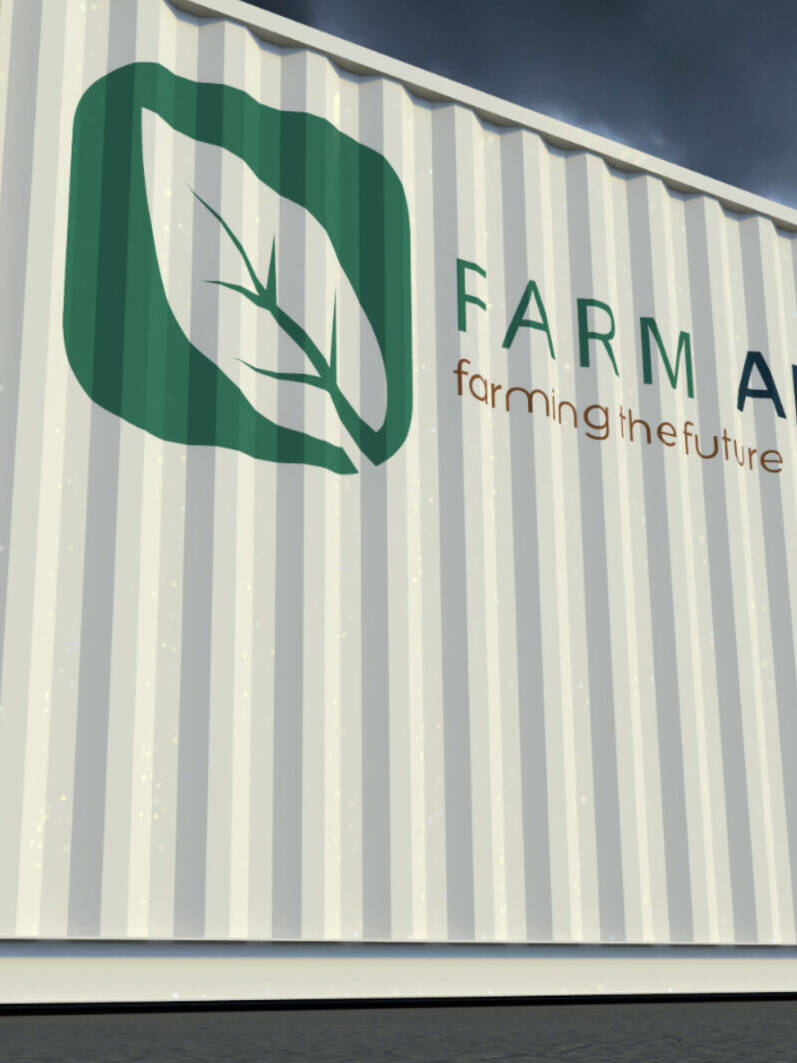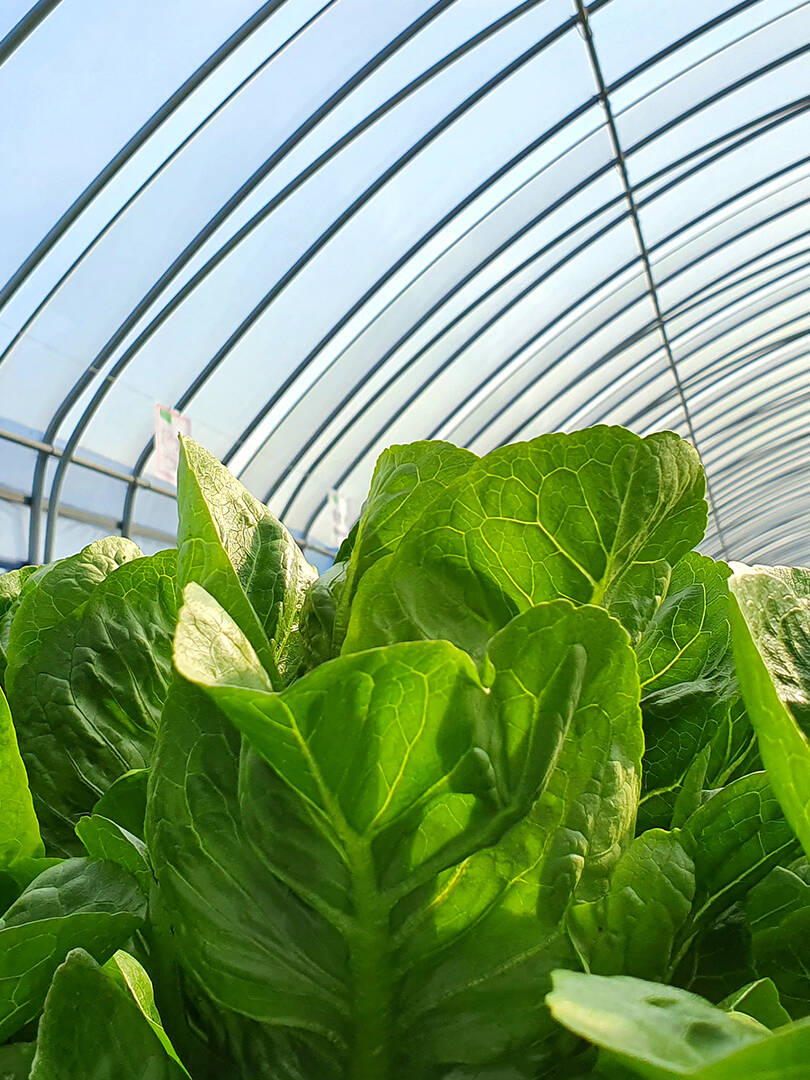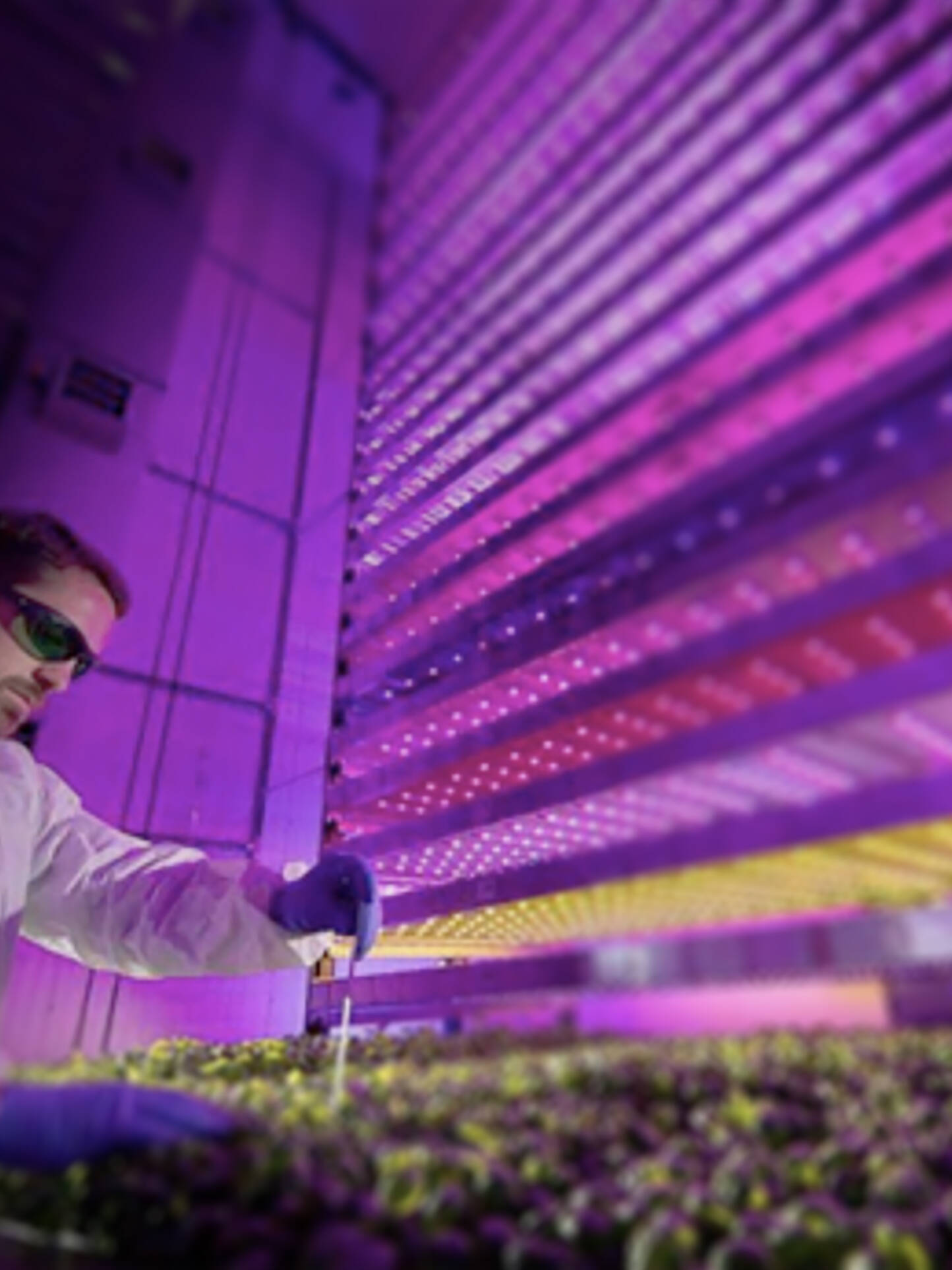Types of vertical farming
CHOOSE YOUR VERTICAL FARM EQUIPMENT...
Cultivatd specializes in vertical farms, container farms, greenhouses, and fresh livestock forage (fodder) equipment. Many of these systems look similar in form but have different performance characteristics, efficiency, and maintenance costs associated with them.
Cultivatd recommends the best indoor farm equipment to meet growers needs and budget – Let’s have a look!
CONTAINER FARMING
Container or modular farming involves the use of shipping containers to grow crops. The containers are modified to create a controlled environment – optimal for plant growth, with built-in features such as LED lighting, irrigation systems, and climate control.
GREENHOUSE FARMING
Greenhouse farming grows crops under glass or plastic structures using the sun as a primary lighting source. The structures provide a controlled environment for plant growth, with features such as ventilation systems, heating, and cooling.
VERTICAL FARMING
Vertical farming incorporates stacked layers or vertical panels to grow crops. The layers are arranged vertically to maximize the use of space, and features such as LED lighting and hydroponic systems are used to create a controlled environment.
FODDER ANIMAL FEED FARMING
Fodder farming grows crops that are used as animal feed. This type of farming is becoming increasingly popular, as it provides a sustainable alternative to traditional, resource-intensive animal feed production methods.
Advanced indoor farm equipment and agtech components help your system do more with less! 🦾
AUTOMATION
Automation can optimize your farm by integrating robotics, sensors, and AI to monitor various functions. It enables precise control of environmental parameters such as temperature, humidity, and lighting, ensuring optimal plant growth and development. Automated systems monitor and adjust nutrient delivery, irrigation, and pH levels, maintaining ideal conditions for crops. Robotic systems handle tasks like seeding, transplanting, and harvesting, reducing manual labour to improve overall efficiency. AI algorithms analyze data to make informed decisions, allowing for predictive analytics and real-time adjustments. Automation in indoor CEA farming streamlines operations, improves productivity, and maximizes resource utilization, ultimately leading to higher crop yields and quality.
At Culitvatd, we understand the significance of automation in transforming indoor CEA farming. Our company offers cutting-edge technologies and solutions to enhance farming practices. We will evaluate your plans, and when it makes sense to do so, will help you navigate the world of automation to provide options for robust and reliable solutions that fit your specific indoor farming needs.

ARTIFICIAL INTELLIGENCE
AI transforms vertical farming by leveraging advanced algorithms and machine learning to enhance various aspects of the cultivation process. It analyzes vast amounts of data collected from sensors and monitors to optimize environmental conditions, ensuring precise control over temperature, humidity, CO2 levels, and lighting. AI algorithms can predict plant growth patterns, detect diseases or nutrient deficiencies at an early stage, and recommend tailored solutions. This enables growers to make data-driven decisions, optimize resource allocation, and maximize crop productivity.
We offer state-of-the-art AI solutions tailored for indoor farms of all types, including smart monitoring systems, predictive analytics tools, and AI-powered crop management platforms. With our network of expertise at your fingertips, you can find optimized farm practices, increased yield, and cost savings across your operation.
SENSORS
Vertical farming sensors play a crucial role in optimizing crop production and environmental conditions. By monitoring crop key parameters such as temperature, humidity, CO2 levels, and nutrient concentration specialized sensors act as the eyes and ears of the farm, continuously collecting data and ensuring precise control of resource utilization and early detection of potential issues.
With real-time data collection and analysis, you’ll be able to make informed decisions early and fast and with an archive of logged data you’ll be able to to follow plant growth patterns and fine-tune environmental variables to create the ideal growth conditions for your crops.
We recognize the huge selection and immense value the right sensor functionality can bring to your farm. Work with us to determine the best integrated sensor system for your operation.

Step inside.
From prosumer components to vertical farming super-systems; Cultivatd has you covered 🙂



